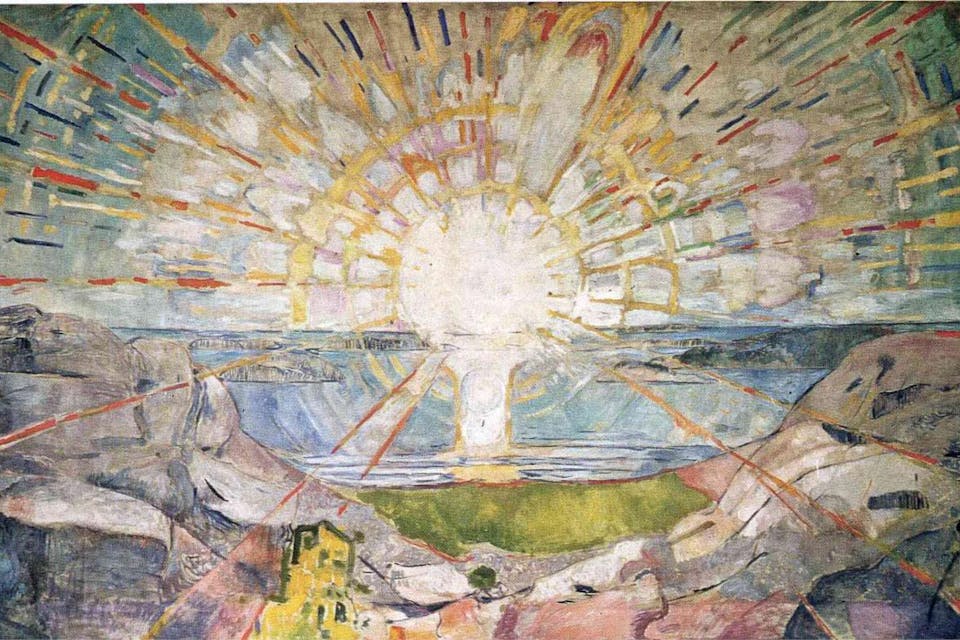
January 3, 2019
A Pagan-Seeming Blessing in the Daily Prayers
Why do Jews praise the great lights?
A centerpiece of the daily morning liturgy is the Sh’ma—the essential declaration of faith in the Almighty and His oneness. According to the Talmud, it must be preceded by two blessings, the second of which describes God’s love for the Jewish people. But the purpose of the first blessing, a much longer, lyrical paean to the sun and its rays, yoked to praises of the Creator sung by angels and seraphs and other elements of the “heavenly host”—is not nearly so obvious.
The Sh’ma’s two preliminary blessings come immediately after a substantial collection of songs of praise, many taken from the book of Psalms, that form a fitting preamble of their own to the Sh’ma’s quintessential statement of monotheism: “Hear O Israel, the Lord is our God, the Lord is one.” So why, just before getting to that statement, do the worshippers open with what could easily be mistaken as a hymn to the kind of celestial bodies frequently venerated not by God-fearing Jews but, to the contrary, by nature-adoring pagans?
As it happens, the construction of this prayer, and the contrasts it draws between those bodies and the One Who made them, point to the heart of Judaism and the values it seeks to instill in the unruly rabble who followed Moses out of the desert.